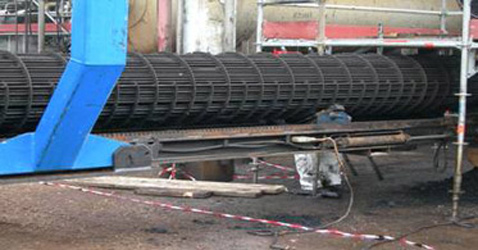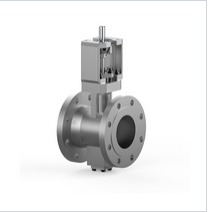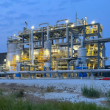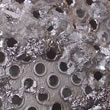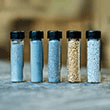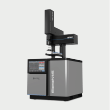Question
-
What are the ways or methods to ensure that sulphiding of the Diesel and VGO hydrotreater units catalyst is completed? What are the check points?
1. Is it purely by injecting the stoichiometric required DMDS into the reactor that decides sulphiding is completed?
2. Is there any thumb rule for quantity of dmds that needs to be dosed during first stage of sulphiding at 220degC or quantity of dmds that needs to be injected for second stage of sulphiding at 330degC?
Sep-2023
Answers
-
Marcio Wagner da Silva, Petrobras, marciows@petrobras.com.br
Nowadays, the modern and high performance Type II hydroprocessing catalysts demand the wet sulphiding method where normally is applied the DMDS as sulfiding agent due to his high H2S content in comparison with other compounds like DMS.
In this case, the checkpoints of the sulfiding process is the monitoring of the following parameters:
1: Injection rate: This should be monitoring comparing the real flow rate in relation with the theoretical flow rate through the level variation from the DMDS drum;
2: Hydrogen concentration in the Recycle Gas: This parameter is normally monitored through an on line analyser and the hydrogen concentration should be higher than 80 % during the sulfiding process. The monitoring of H2S content in the recycle gas is another fundamental parameter which needs to be monitored frequently during the sulfiding process.
3: Reactor Temperature: This parameter should be controlled to avoid temperature runway which can lead to coking deposition and catalyst damages.
4: Water Content in the Separator Vessel: Is expected water formation as by product during the sulfiding process, if the sour water level in the separation drum not raises, this can be a signal of the sulfiding process is facing some trouble according to the step of the sulfiding process.
During the first stage of the sulfiding process, the temperature should be controlled between 180 to 230 oC (approximately) in order to ensure the decomposition of the sulfiding agent. Under this step, the temperature rise should be controlled under a rate of 15 to 20 oC/hour and the total sulfur content needs to be controlled between 1,5 to 2,0 % in mass (considering the sulfiding agent and the sulfur content in the hydrocarbon). The second phase of the sulfiding process is carried out under temperatures between 310 to 340 oC still under a total sulfur content of 1,5 to 2,0%, the reaction will reduce the H2S content in the recycle gas around to 2.000 ppm, after some hours the catalyst will stop to consume H2S in the sulfiding process and the H2S concentration will rise in the recycle gas, after this step the sulfiding process can be considered ended when is not observed sour water formation in the separation drum.
Sep-2023









